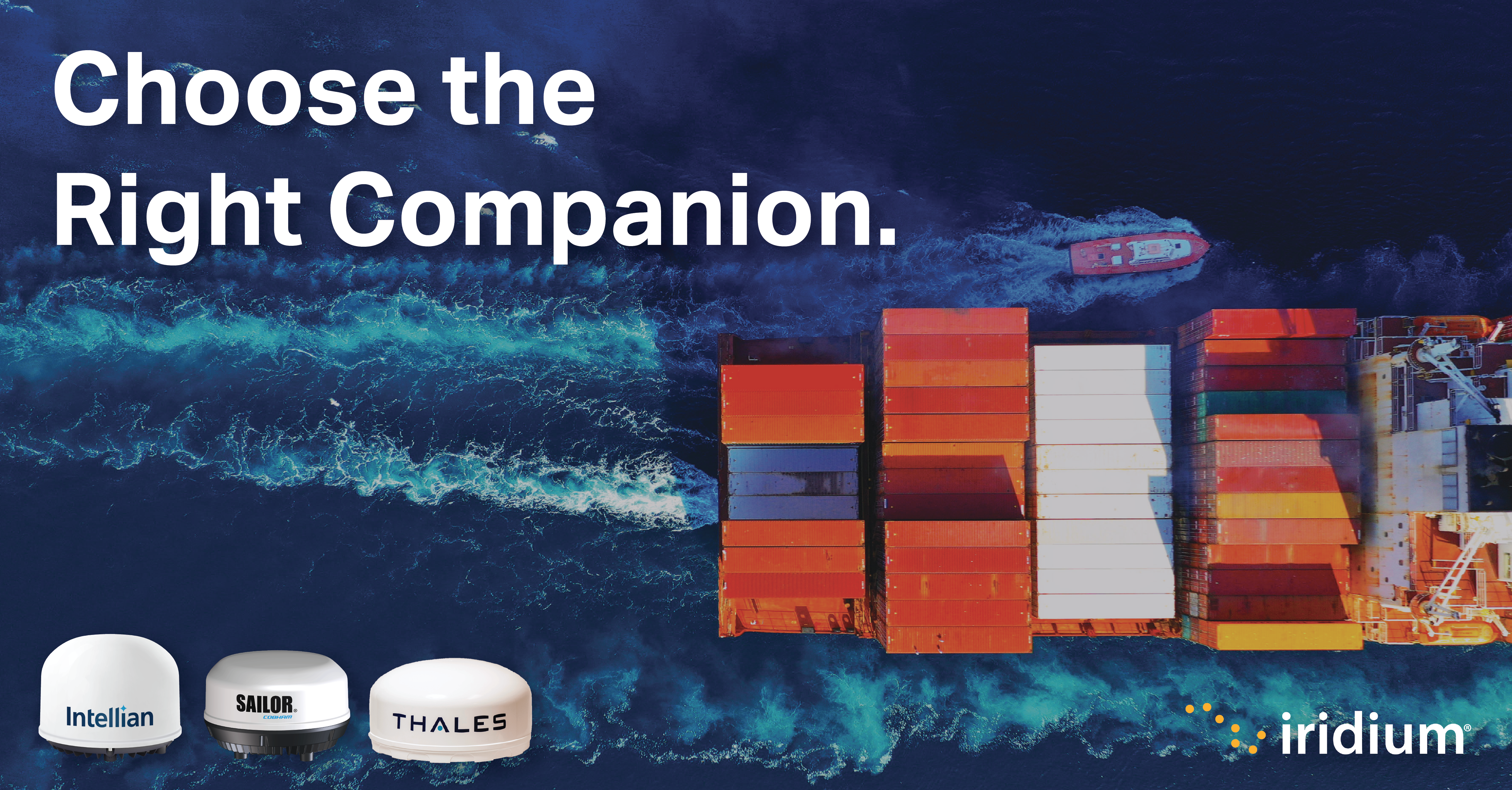Expert Tips: Top Considerations for Selecting a Maritime SATCOM Solution

A major part of a vessel manager’s role is choosing a communications system for the ship. While this choice may seem simple, it is a critical decision that impacts safety, business continuity and crew morale during voyages.
It is important for mariners to understand that there is no one-size-fits-all solution, and what works for some vessels is not the best fit for others. With the digitalization of shipping, connectivity is king, and some services that were previously competitors are now complementary. It is critical that when evaluating maritime connectivity mariners understand the basics about the main types of solutions and configurations available – Very Small Aperture Terminals (VSAT) and L-band SATCOM solutions. Each has their pros and cons, so let’s dive in:
VSAT
Among SATCOM systems available today, VSAT is a popular option, especially for larger shipping operations. These SATCOM systems deliver connectivity over C-, Ka- and/or Ku-band spectrum, enabling high speeds and large data capacity. If capabilities like video streaming, large file transfers and downloads are needed for your voyage, then VSAT will likely be a good fit. However, it is important to note that these perks come with some drawbacks. VSAT often suffers signal deterioration during inclement weather events and may leave a ship without connectivity for some time, which at best is an inconvenience and at worst a safety threat. Additionally, VSAT antennas and equipment can be expensive. VSAT hardware can be large and heavy, taking up valuable real estate onboard, and is complicated (and expensive) to deploy. Generally, VSAT equipment must be switched off when close to shore to prevent interference with terrestrial frequencies. This can cause multiple impacts to daily operations, including ship’s business and crew welfare. In the age of the connected ship, having no data communications instantly takes a vessel back 30 years.
L-Band SATCOM Solution
As you can see, VSAT is not the perfect standalone solution for all vessels, and for many vessel owners a stand-alone L-band solution provides an ideal option. Let’s examine Iridium’s L-band in comparison to VSAT. Iridium is an L-band system that offers superior coverage and reliability. With a unique network architecture of 66 crosslinked, Low Earth Orbit (LEO) satellites, Iridium L-band delivers unmatched coverage to the entire planet with highly reliable and durable SATCOM. Unlike geostationary satellite services operating around 36,000km from Earth, Iridium enables low-latency communications to even the most remote locations, including the polar regions. L-band satellite communications is weather resilient, making it a dependable choice for seafarers providing connectivity even in adverse conditions. The Iridium Certus® service offers the fastest L-band speeds available today, with download speeds up to 704kbps. The service runs over solid-state terminals with no moving parts, which are produced by world class manufacturers including Cobham, Intellian and Thales, with highly competitive pricing. Due to the small footprint and weight of the antennas, the installation process is greatly simplified in comparison to competing L-band or VSAT systems.
So, you may be wondering if you must choose one or the other.
Luckily, the short answer is no, and we have a detailed explanation as to why.
It is clear when comparing VSAT and L-band systems alone, that there are some gaps in coverage and capability. Many vessels can satisfy their current and future requirements with a stand-alone L-band solution. Vessel owners and operators considering VSAT should certainly consider a hybrid approach to their shipboard communications system. At Iridium, we believe the industry has a responsibility to ensure vessels are always connected. Many vessel owners and operators have chosen to pair their VSAT system with Iridium Certus. This pairing helps ensure that a vessel always has connectivity regardless of trade, location or inclement weather.
We aim to reinforce one notion within this post – reliable connectivity, either from a single source or a hybrid solution, should be the top priority when assessing maritime communications systems. As vessels become smarter and more connected, Iridium and L-band will remain a dependable stalwart for both primary usage and/or alongside a VSAT system.
For more information about Iridium Certus, please go to https://www.iridium.com/services/iridium-certus/
To learn more about Iridium’s suite of maritime products and services, please visit https://www.iridium.com/solutions/maritime/

